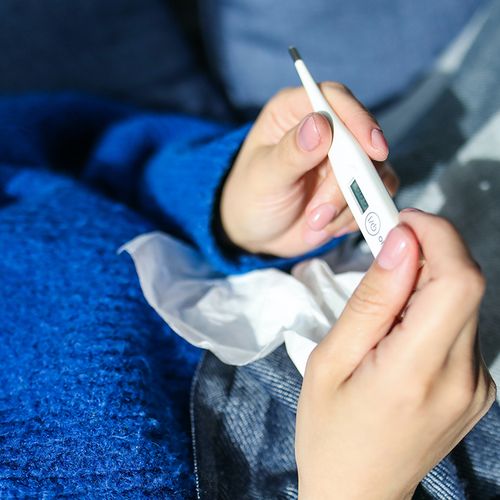If you or someone you love also has cardiac implantable electronic devices (CIED), such as a pacemaker or cardio defibrillator, you should know about a potentially deadly problem that is becoming increasingly common CIED-related infection.
Between 1993 and 2008, the number of CIEDs in use doubled while the number of infections associated with the devices more than tripled, reaching 2.41%, according to a recent study in the Journal of the American College of Cardiology. Sadly, 18% of patients with CIED infections do not survive for a year. For those who live, treatment can be economically devastating, with an average cost of more than $146,000.
Bruce Wilkoff, MD, director of Cardiac Pacing and Tachyarrhythmia Devices at the Cleveland Clinic, explained that most CIED-related infections are caused by staphylococcus aureus or staphylococcus epidermidis bacteria. Infection can get started if, at the time of surgery, bacteria contaminate the surface of the device, the patient's skin or the area in the chest beneath the skin where the surgeon creates a "pocket" to hold the CIED. The surgeon's scrupulous attention to proper sterile techniques can greatly reduce but not completely eliminate this risk. Sometimes an infection develops soon after surgery, but in other cases it becomes apparent only after a year or more has passed.
Could staph also can get into the pocket long after the surgery-for instance, by migrating from some other infected site in the body? Dr. Wilkoff said, "It is possible but very uncommon, particularly for these staph bacteria. But about 10% of the time, other bacteria are involved... and 1% to 2% of patients could have the infection occur through another mechanism."
Compared with the infection risk after an initial implantation, the risk is four to six times greater when a patient has another surgery to replace a device (for instance, because its battery is depleted, a component has stopped working or the patient requires a device with additional features). Reason: Reopening the pocket where the device was placed may allow a colony of bacteria that the body had previously "walled off to overwhelm the immune system's defenses, Dr. Wilkoff explained. Since a CIED typically lasts about four to eight years, a patient is quite likely to need such repeat surgery.
Warning signs: There is no one symptom that appears in all cases of infection, Dr. Wilkoff said. But see your doctor quickly if any of the following occur…
- You run a fever of 101° or higher.
- There is swelling, redness or pain at the site where the device was implanted.
- The skin covering the device becomes dimpled or oozes.
- The device appears to be shifting position.
Be especially vigilant about watching for such signs if you have diabetes or compromised kidney function. Either of these conditions can increase your susceptibility to CIED-related infection.
If you do get a CIED infection: Both the device and all of its leads (wires that deliver energy from the CIED to the heart muscle) need to be removed and replaced. Reason: Staph bacteria can bind to a sticky substance called fibronectin that circulates in the blood and clings to the surface of implanted devices. Once this biofilm of persistent bacterial bugs takes hold, it is very antibiotic-resistant and almost impossible to get rid of without removing the device.
Before and after the surgery, for a period that can range from several days to several weeks, you receive antibiotics through an IV. You may be given a temporary pacemaker or an external defibrillator during this time. When the infection is gone, your doctor will schedule another surgery to implant a new CIED, often before you go home.
To reduce your risk for a subsequent infection: It is best to use an experienced cardiologist who does a high volume of device implantation and device change procedures. Dr. Wilkoff suggested asking the doctor and/ or hospital whether they report the number of CIED procedures they do on a Web site or in a booklet—the larger the number, the better the outcomes tend to be. Also, he noted that women sometimes ask to have the CIED implanted underneath a muscle so that it's less visible. But since this makes it more difficult to remove if an infection does develop, it's important to discuss the pros and cons with your doctor before opting for such placement. And, of course, follow your doctor's advice on minimizing CIED infection risk after surgery.
